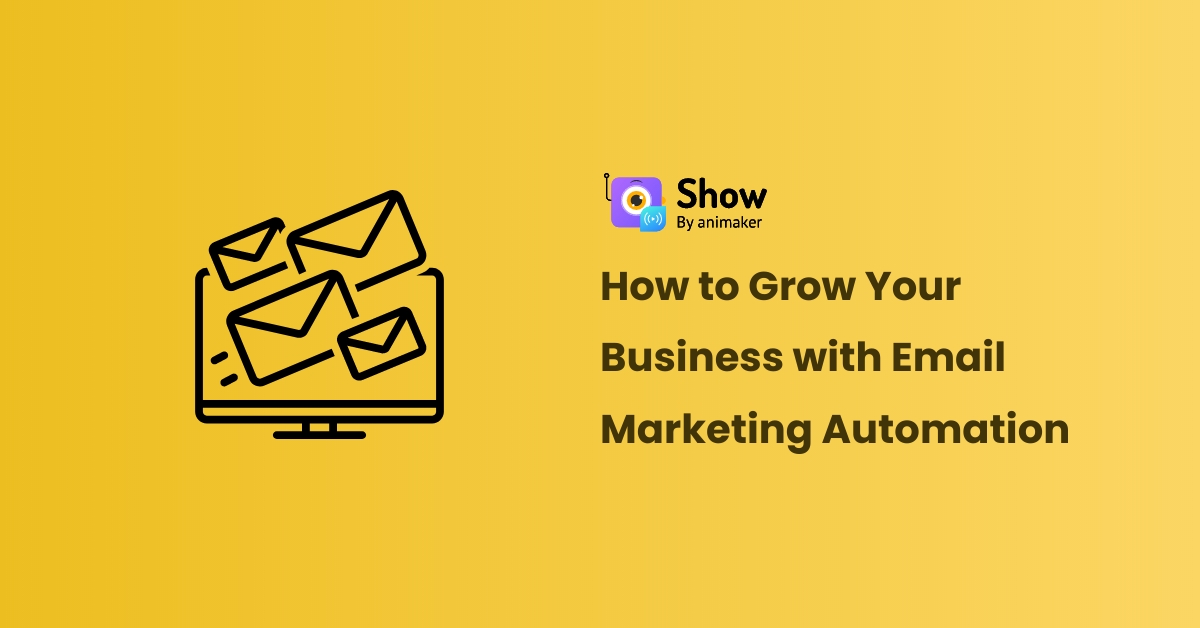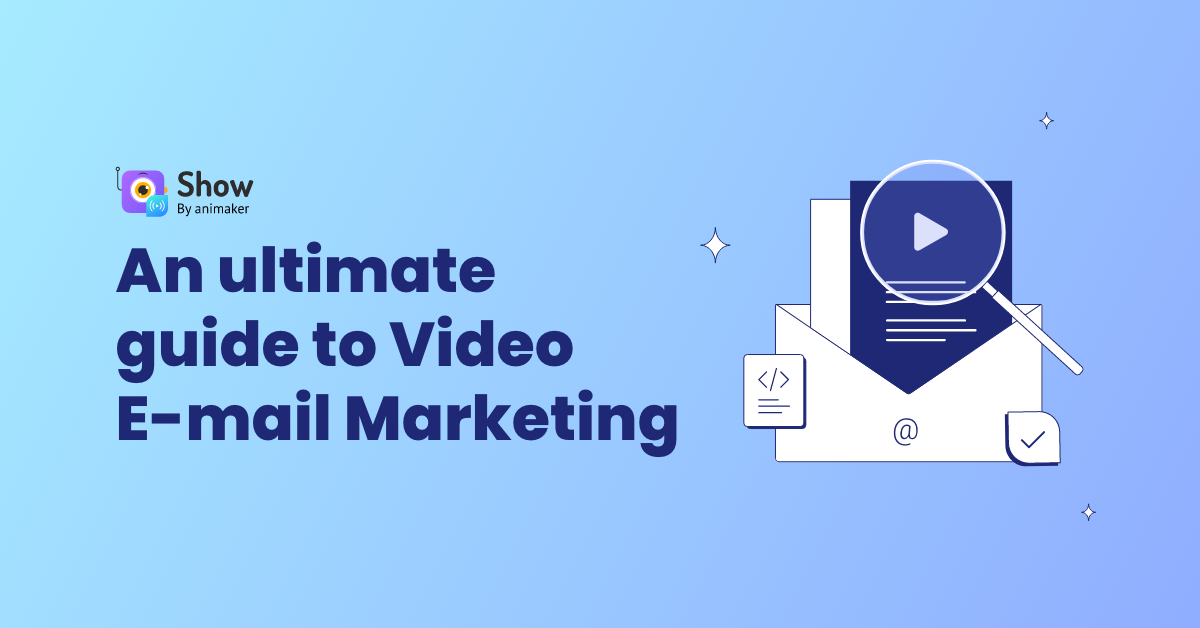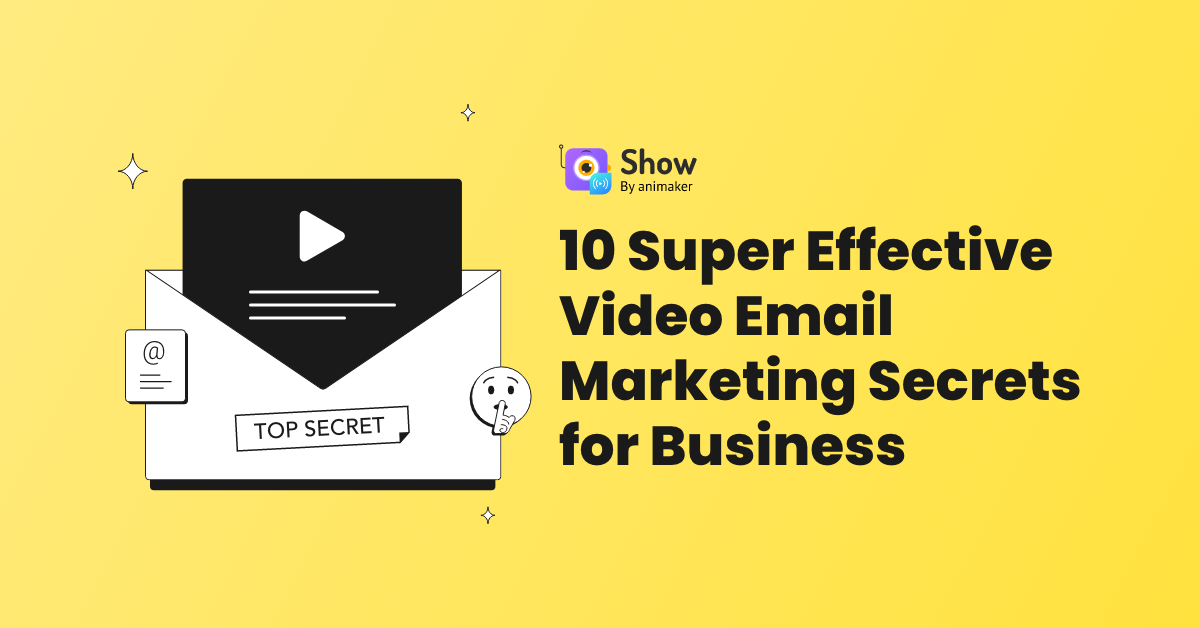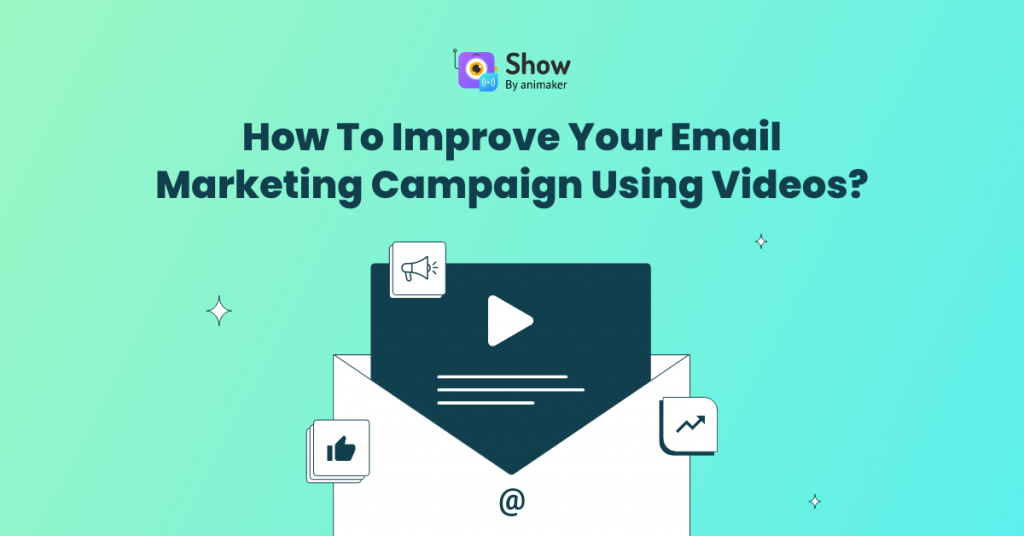How to Grow Your Business with Email Marketing Automation
Email automation has been making waves since its inception. It has not just added another dimension to email marketing but also to marketing. Businesses have scaled their outreach, onboarding, and nurturing efforts with email automation. In turn, they have managed to increase their revenues. This blog is on how to use email automation for business growth.
According to Forbes, your business either grows or dies. Yes, the truth might not be as radical. Your company might die a slow death instead of a quick one. A business cannot subsist on its current size. It needs to grow, evolve and innovate to not just increase profits but also to stay afloat.
At some juncture, a business will need to scale up in every sense of the word. Otherwise, a bigwig will find a way to conquer its value proposition and eat it. One aspect of scaling businesses and communicating them to customers is email marketing. Email marketing has been omnipresent in every marketing strategy since its inception. However, after acquiring a certain number of users, it is impossible to deal send emails manually.
What Is Email Automation?
The process of setting up automated emails using technology is known as email automation. Email automation allows you to automate email marketing and outreach by automating emails according to the users’ actions, behaviour, and time.
Let’s look at how to set up email automation.
How to Set Up Email Automation
- Define Goals and Objectives
You should have a clear-cut goal of why you want to automate your emails. Decide on what you would like to reap out of your email automation strategy. For instance, you can intend to increase your web traffic, lower your customer acquisition costs, shorten the onboarding time, boost sales, build brand awareness, and so on.
You should also set up Objectives and Key Results(OKRs) or Key Performance Indicators(KPIs) to check whether you are hitting your goals. Your OKRs and KPIs need to be specific, measurable, attainable, relevant, and time-bound.
- Identify Your Target Audience
Your automated emails cannot be one size fits all blanket statements. They need to cater to your target audience. Ensure that you have well-defined buyer personas and a target audience that you wish to serve. Your automated emails should also be crafted according to your target customer. For instance, the email for a marketer cannot be the same as the email for a sales development representative.
You need to tailor your tone, narrative, and style according to the kind of user you are targeting instead of sending similar emails to every recipient.
- Choose a Content Strategy
Now that you have defined your goals, objective, and target audience. It is time to choose a content strategy accordingly. Apart from that, you should also keep in mind that your email content should also suit your branding. A healthcare product that caters to parents of kids suffering from asthma cannot have the same tone as a soft toys’ brand. It is important to know the tone that would be the best fit for your target audience and brand.
Your emails can be of different types. They can be onboarding emails, welcome emails, drip emails, behavioral emails, and so on. You can personalize your emails according to your recipient.
You can also send emails with different types of content such as images, infographics, and videos.
- Choose an Email Marketing Automation Platform
Your email marketing automation should be picked up meticulously as you are in it for the long run. The budget, needs, target audience, and goals need to be taken into consideration before zeroing in on your email marketing automation platform.
You should also conduct a technical and statistical audit of the email automation platforms. Know the deliverability rates, sending capacity, and so on to ensure that your picking the right email automation platform for your business. Check whether the email automation platform provides the integrations such as CRM, lead enrichment platform, or whatever tools your business requires.
Collaborate with your sales teams, customer support teams, marketing teams, customer success teams, and all other relevant teams before buying an email automation platform. Their consent before buying is important as they would also use it.
Different Types of Emails to Automate for Business Growth
Here are some of the different types of emails to automate for business growth.
- Welcome Emails
The first impression is mostly the best. It is important to make a great first impression in the minds of your new users and subscribers. Welcome emails allow you to build a foundation for a strong relationship with your users and subscribers. Make the most out of it.
Set up a trigger that automates emails as soon as a user becomes your subscriber. Use welcome emails to provide insights about your company to your recipients and make them inch closer to becoming your customers.
- Abandoned Cart Emails
A lot of prospective customers add items to their cart but do not make the final step and become customers. There can be various reasons why they did not become your customers. A lot of customers decide to make the purchase and forget.
Abandoned cart emails serve as a reminder to them to complete the purchase. Set up a trigger that sends an email to your customers after they add items to the cart but do not complete the purchase. Your email can also contain a CTA via which your customer can complete the purchase.
- Follow-Up Emails
Follow-up emails are sent to acknowledge or express gratitude to the recipients after they complete an action. They can be sent after customers complete a purchase, when a user subscribes to your newsletter, or even if a customer has raised a support ticket.
The follow-up emails can be triggered after an action is completed. Make sure that the emails are customized according to the kind of follow-up emails you sent. For instance, the follow-up email for a complete purchase would differ from the follow-up for a newsletter subscriber.
- Promotional Emails
Promotional emails help you inform customers about new offers, new products, and discounts. They also help you cross-sell and upsell a product. Promotional emails can be sent to new customers as well as prospective customers.
You can send promotional emails based on the customers’ or the prospects’ actions. For instance, a customer can be eligible if he has uploaded a file on your product. A prospective customer can be sent a promotional email if they have asked for a demo. - Re-Engagement Emails
Re-engagement emails are for customers and users who have not engaged with your product for a while. Re-engagement emails can serve as a reminder about your brand to the customers. You can set up a trigger for customers who have not used your product for a specific period.
Best Email Automation Practices for Business Growth
Here are the best email automation practices for business growth.
- Personalization
People love the sound of their names. Personalization helps you build a stronger bond with your recipients. A personal touch in your automated emails makes the recipients feel important. It also makes the receivers feel that you take them as well as your business seriously.
Personalization need not be limited to names. It can also be based on the customers'/users' demographics, behaviours, and so on.
- Conduct A/B Testing
Rome was not built in a day. Email marketing automation will not be half as difficult as building Rome. The stakes are not that high as well. Therefore, you can experiment with your email marketing automation. The experiments should be conducted with the sole aim of optimizing your email automation.
A credible email automation tool will allow you to conduct A/B testing. You can conduct them on your subject lines, CTA buttons, your opening lines, and so on. You can juxtapose them against each other to find out what works best for your business.
- Analyzing Your Results
Understand the performance of your email automation and have a finger on the pulse of your recipients by analyzing the performance of your emails. Check whether the numbers are meeting the numbers in your KPIs and OKRs that you had set for your business.
You can use the numbers to identify patterns and trends. Analyzing your results will help you optimize your email automation to produce better results.
- Avoid Spam Filters
Ensure that you have permission from your recipients to receive emails from you. Do not launch a torrent of emails in a short period to your receivers. You should use a reliable email automation platform that will ensure that your emails do not end up in the spam folder.
Do not forget to include an unsubscribe option so that your recipients can opt out whenever they intend to.
- Optimize Your Subject Lines
The first things that your recipients come across in your emails are your subject lines. Ensure that you write relevant, engaging, concise, and crisp subject lines. As mentioned above, experiment with different subject lines and conduct A/B testing to find out the subject lines that work best for you. - Optimize Your Call-to-Actions (CTAs)
Your CTAs are the guide for your customers. You need to put your best foot forward while placing and creating CTAs. You have basics like using action-oriented CTAs, and much more. However, discovering the right words, the right tone, the right color of your CTA button, the placement of the CTA button, and so on can be an uphill challenge.
Again, experimentation and A/B testing can come to your rescue. Experiment with different kinds of CTA buttons, captions, placements, etc., and analyze them to arrive at the optimal CTA for your business.
- Segment Your Email Lists
Your email lists can be segmented according to the recipients' behaviour, demographic, actions, and so on. You can also segment them based on the value they want to extract from your product, and so on. Choosing the criteria for the segmentation of your customers depends on your business.
Segmentation of email lists helps you send relevant, timely and targeted automated emails to your customers.
- Regularly Clean Your Email List
Too many inactive users who were not interested in your product can skew the numbers against you. Your email automation strategy can be deemed a failure if your email list is not cleaned up from time to time. For instance, if users have not engaged with your emails for a long time. You can send them a specific number of automated re-engagement emails. You can then expunge the users from your email lists if they do not respond to your re-engagement lists.
Conclusion
Email automation is an effective strategy to help you scale your business. A successful email automation strategy needs to follow the best practices, automate the right kind of emails and set up email automation. Email automation has now become imperative for business growth. It is not plausible to reach out to your customers manually. Hence, sending your leads, prospects, and customers automated emails based on their actions, behaviour, and cadences is the best way to reach out to them.




